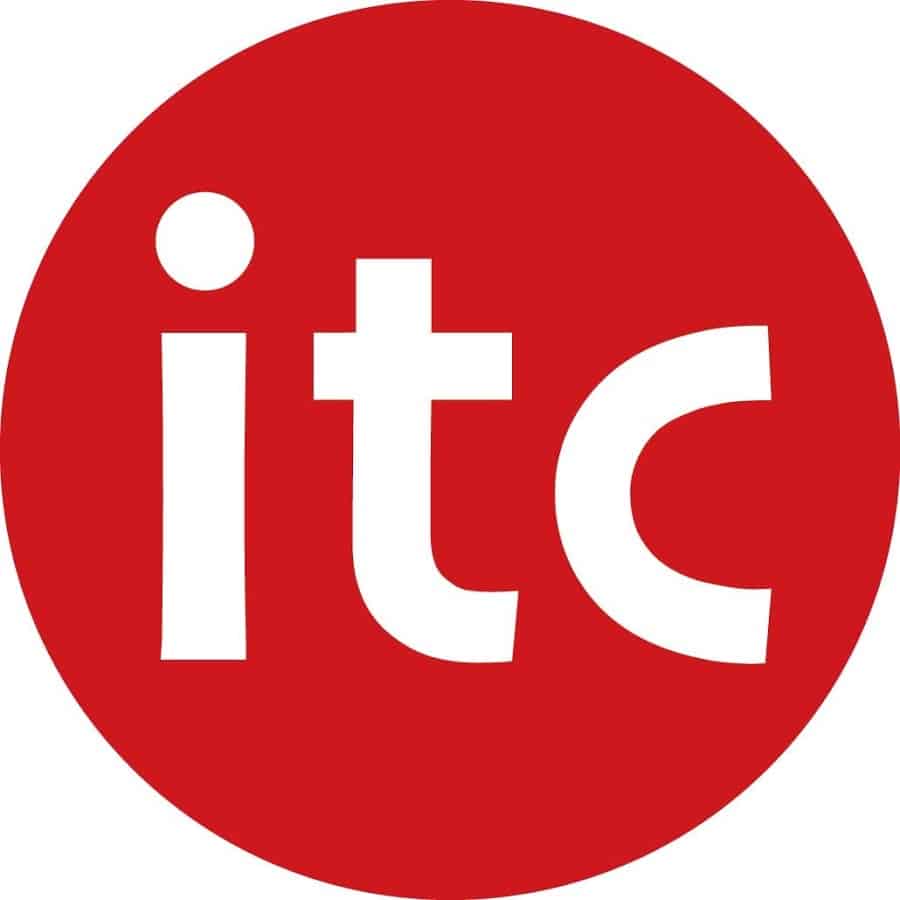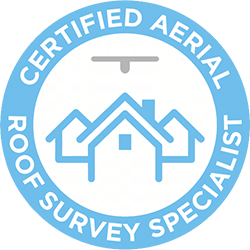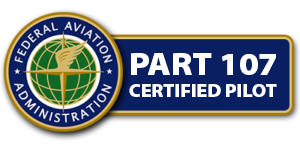The Benefits of Using Drones for Solar Inspections
30-50% Decrease in inspection costs
With a passion for technology and a drive to assist various industries, the renewable energy sector is flourishing with Drone Surveys. It is imperative to secure the quality of the solar power plant for adequate power generation, saving costs, and to maintain a long life of the asset. DRIFT UAV offer timely thermal imaging (Aerial Solar) Inspections for Solar Power Plants to guarantee the safety and effective deployment of these solar systems.
Our fundamental purpose of using Thermal Mapping is to recognize any fault or damage in the solar panels and for the owners to be able to request for warranty/replacement from manufacturers. We have adopted cutting-edge Drone technology to ensure reliability, affordability, and utmost accuracy. Our trained drone pilots use premium drones with thermal sensors for Aerial Inspection while maintaining safety in solar farms. Drone Inspections produce superior quality data for detailed solar panel analysis.
Benefits of Solar Farm Inspection with DRIFT UAV SERVICES
- Higher-resolution visual inspections with drones compared to ground-based inspections
- Utilizing Drone Inspection will typically reduce cost of inspections by approximately 30-50%
- Avoid Costly Mistake – Drone thermal Inspection can easily find a tiny dead cell that can compromise the entire system causing economic damage.
- Keep the solar farm running at peak efficiency with help of Aerial Thermal Imaging
- Speed of inspection time is greatly improved as Drones can scan large areas within a short time frame
- Geo Tagged image data – Localize faulty panels and failed solar cells easily in large solar farms.
- Comprehensive reporting
Save time, increase efficiency, ensure safety with Our Drone powered solutions 7 Steps to Achieving Maximum Energy Production
Step 1 – Discovery
We’ll answer any questions you may have and share all the details of what to expect, from the equipment we use, types of data we collect, and deliverables we provide.
Step 2 – Choose a Package Level
You’ll compare and choose the right package level for your needs, and we’ll be there every step of the way.
Step 3 – Proposal
Provide us with general information of your PV system including site name, size, and mounting type to receive a free same day quote tailored specifically for your project.
Step 4 – Aerial Thermography Inspection
Our experienced pilots will conduct the aerial inspection.
Step 5 – Data is reviewed and QA
Our projects and delivery team along with our PV experts will review the captured data
Step 6 -Receive an In-depth Report
All faults that were discovered during the QA and review process are located as fault types, number of modules affected, estimated affected DC, estimated annual loss in revenue, and more.
Step 7 – Deploy Maintenance Team
Using a site map and geo-referenced photos, your O&M team will be able to easily locate and remediate all issues.
Visual & Thermal Images
Aerial images provide a broader perspective of solar farms and allow maintenance teams to receive valuable information in real-time. When analyzing thermal images, it is easier to identify potential anomalies across cells, strings, or panels. Combining thermal and visual data helps you determine if the heat anomalies are caused by faults found physically on the panel, such as delamination, cracks, dust, or internal issues such as the inability to connect to a panel due to an inverter or cable failure.
Output Efficiency
Early detection of faulty elements within a solar farm will help to prevent major output deficiencies. The faster and more accurately a maintenance team can detect possible defects, the quicker they can respond and prevent major system failures. Inspections and maintenance that are effectively conducted translate into protecting the interests of investors and ensuring that the PV system is operating at its peak efficiency.
Detailed Reports
With use of thermal and visual images, the data is run into our industry leading software to detect all anomalies. These issues are then tagged, geo referenced, and reviewed for efficient remediation. Each defect from cell to string level is described with thermal and visual images for reference. Our reports also include an interactive map of your solar plant with the ability to easily share with other team members.
Inspection Time
One of the main reasons for adopting drones for solar panel inspections is reduction in maintenance costs. Typically, inspections of large solar farms are done by a ground team who inspect each panel by hand. This method can take days or weeks depending on the size of the farm and it results in a large amount of man hours which significantly increases costs. Drones are proven to reduce inspection time by up to 70%.
Historical Data
Keeping records of previous inspections is useful for figuring out the causes behind panel faults. In some cases, issues with solar cells do not justify the replacement of a panel, but it is essential to keep track of them to prevent major failures. It is also beneficial to perform an aerial inspection after completing installation of new panels to use the data as a baseline for future inspections.
Keep your solar farm at peak efficiency, reduce inspection cost and avoid costly mistakes with our Drone Powered solutions.
Diode Anomalies
- Cell Anomalies: A hot spot occurring with square geometry in a single cell.
- Soiling: Dirt, dust, or other debris on the surface of a module.
- Cracks: Cracking on module surface.
- Inverter Anomalies: Faults in contiguous strings matching the inverter layout.
- Module Delamination: A module anomaly due to compromised adhesion between glass, encapsulant, active layers, and/or back layers.
- String Outages: An entire string is offline.
- Shadowing: Sunlight is obstructed by vegetation.
- Combiner Anomalies: Faults in contiguous strings matching the combiner layout.
- Module Failures: An entire module is offline.
- Vegetation: Modules are blocked by vegetation.
- Diode Anomalies: An activated bypass diode, typically 1/3 of module.
- Broken Ballast: A broken ballast.
- Reverse Polarity: Module anomaly due to incorrect wiring.
- Junction Box Anomalies: A hot spot at the junction box location on the module.
- Internal Short Circuit: Multiple cell anomalies as a result of a short circuit.
- Circuit Anomalies: A series of adjacent offline strings.
- Underperforming Strings: A string that is underperforming compared to an adjacent operations string.
- Tracker Faults: Tilt tracker position affecting power production
Solar Inspection Deliverables - What You'll Receive
- An Interactive color-coded map of the PV system with every anomaly geo-referenced
- Estimated annual impact of lost revenue if anomalies stayed unresolved
- Estimated annual impact in kWh
- Estimated affected DC
- Number of anomalies and modules affected
- A reference-table table describing the different types of anomalies
- An exportable PDF report document for each plant inspection containing all analytics, findings tables, and image associated with each anomaly
- An exportable CSV, KML, and SHP report file for office and field use
What Makes Us Qualified

Level 1 Thermographer
The ITC certification is the gold-standard qualification within the thermography industry. Extensive knowledge of infrared science, cameras, and post processing software is taught by the leading infrared drone pilots. This training and certification exceed the requirements of international standards.

Certified Aerial Roof Survey Specialist
The Certified Aerial Roof Survey Specialist designation is a credential created by Drone Launch Academy for drone operators who have demonstrated the knowledge and ability to use UAS to aid in the measurement and assessment of residential and commercial roofing systems.

Part 107 Pilot
The FAA Part 107 license qualifies individuals for having vast knowledge of small, unmanned aircraft (UAS) rules and operating procedures. License holders are cleared for operations over a broad spectrum within commercial and government industries.

Official Partner
Raptor Maps is the global leader in solar drone software. Their AI-powered technology identifies and categorizes a wide range of PV anomalies. Using highly detailed reports and maps, solar companies can now more efficiently monitor their solar assets for a fraction of the cost.
- FAA Part 107 and Transport Canada Licensed Pilots
- In-depth Reports
- Actionable Aerial Data Intelligence
- Insurance up to USD 1 million Dollars
- Simple Contracts
- Easily Shareable Deliverables
- Drone Laws and Airspace Knowledge